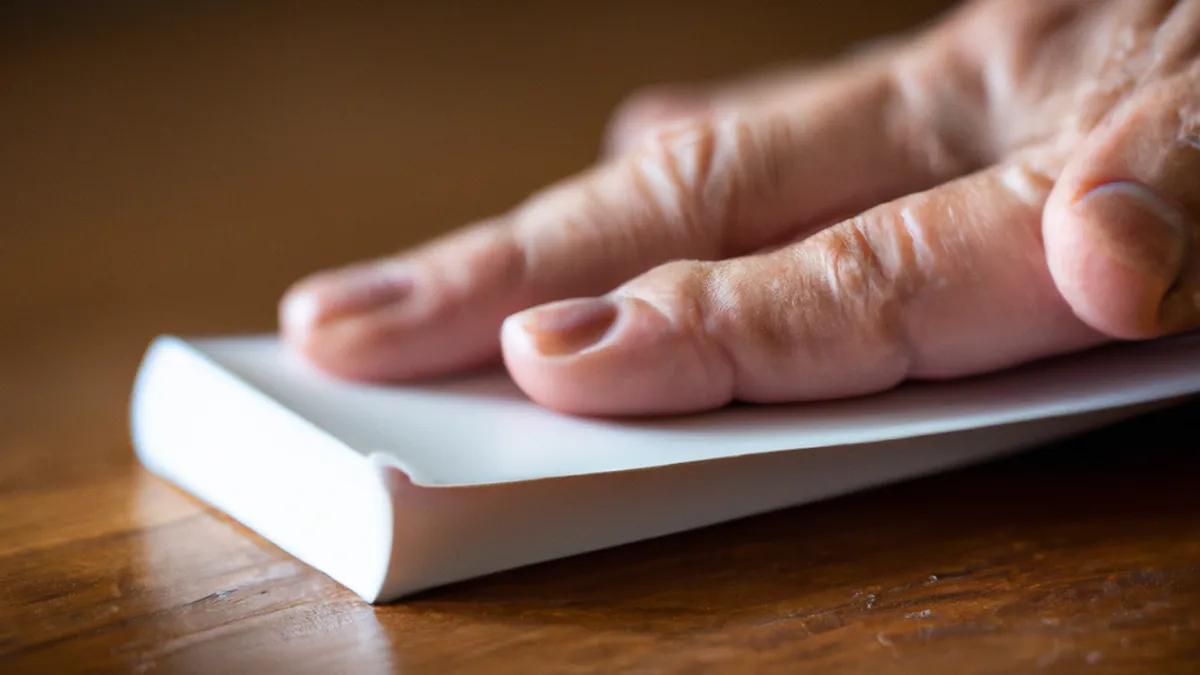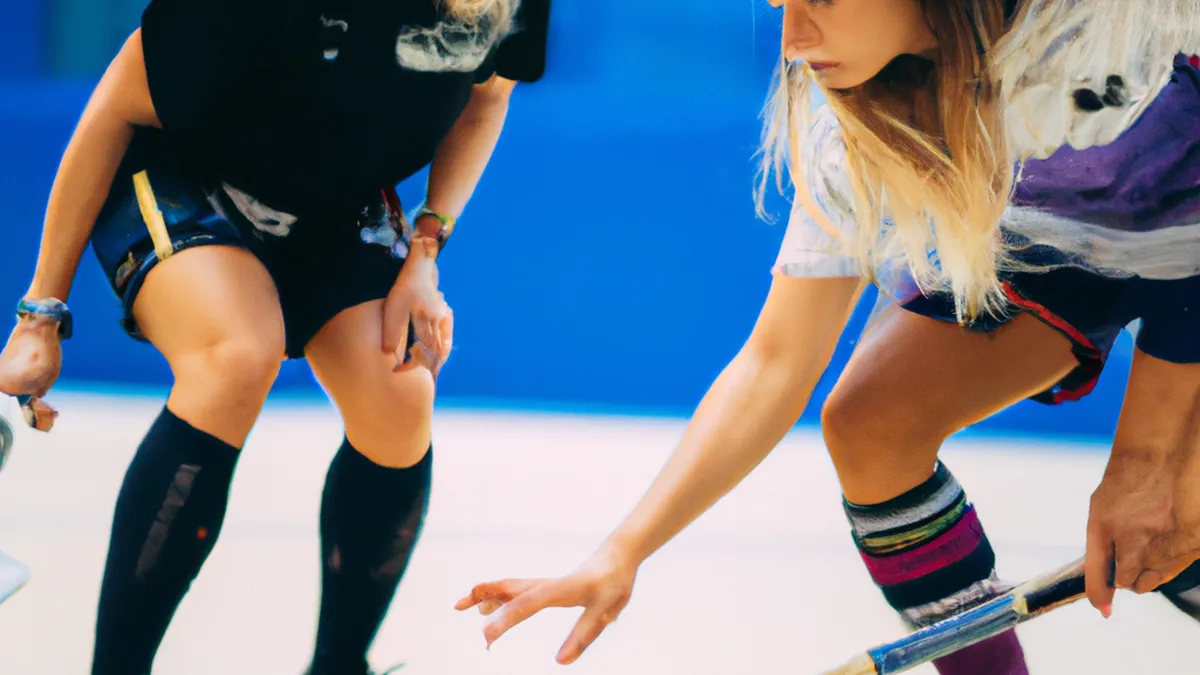Blister Management: Smart Hiking Strategies
Managing Blisters During HikesHiking immerses you in nature and offers breathtaking landscapes. Many hikers face blisters, which can turn enjoyable treks painful. Blisters form due to friction, moisture, or pressure on the skin. Learning to prevent and manage blisters helps hikers enjoy their outdoor adventures. This guide shares effective blister prevention and management strategies.
Understanding Blisters
Blisters form when the outer skin layer separates from underlying layers. They commonly appear on heels, toes, and soles. The main causes of blisters include:1. **Friction**: Repeated rubbing against footwear or socks generates heat and damages the skin.2. **Moisture**: Sweat or wet conditions soften skin, increasing friction susceptibility.3. **Improper Footwear**: Tight or loose shoes cause excessive movement and pressure points.Recognizing these causes helps you prevent and manage blisters effectively.
Tips for Preventing Blisters
As an Amazon Associate I earn from qualifying purchases.
Gear tip: consider foldable yoga mat, standing desk balance board, and desk cycle to support this topic.
Choose the Right Footwear
Selecting appropriate footwear is crucial for preventing blisters. Follow these tips for choosing hiking shoes or boots:- **Fit**: Choose snug-fitting boots without being too tight. Ensure your toes have enough room to wiggle.- **Break Them In**: Break in new footwear before long hikes. Wear them for short walks to soften them and adjust your feet.- **Consider Terrain**: Select footwear suited to your hiking terrain. Lightweight trail runners work for well-maintained paths; sturdier boots suit rugged terrain.
Wear Proper Socks
Choosing the right socks is as important as selecting footwear. Consider these key points:- **Material**: Use moisture-wicking materials like merino wool or synthetic fibers. These keep your feet dry and reduce blister risk. Avoid cotton socks, which retain moisture and increase friction.- **Thickness**: Depending on your shoe type, wear two pairs of socks—a thin liner under a thicker sock. This reduces friction between your skin and the outer sock.- **Fit**: Ensure your socks fit well and do not bunch up. Bunched-up fabric creates pressure points that lead to blisters.
Use Blister Prevention Products
Consider using blister prevention products to safeguard your feet.
Conclusion
Preventing and managing blisters ensures enjoyable, pain-free hikes. Follow these strategies to protect your feet and fully enjoy your outdoor adventures.
Below are related products based on this post:
FAQ
What causes blisters during hikes?
Blisters are primarily caused by friction, moisture, and improper footwear. Repeated rubbing against shoes or socks generates heat, while moisture softens the skin, increasing the likelihood of friction. Additionally, shoes that fit poorly can create excessive movement and pressure points, leading to blister formation.
How can I prevent blisters while hiking?
To prevent blisters, choose footwear that fits well and is appropriate for your hiking terrain. It’s also essential to break in new shoes before long hikes and wear moisture-wicking socks that fit properly. Using blister prevention products can further protect your feet during outdoor adventures.
What type of socks should I wear to avoid blisters?
Opt for socks made from moisture-wicking materials such as merino wool or synthetic fibers, as they help keep your feet dry. Depending on your shoe type, consider wearing two pairs of socks—a thin liner under a thicker sock—to reduce friction. Ensure the socks fit well and do not bunch up to avoid creating pressure points.















Post Comment